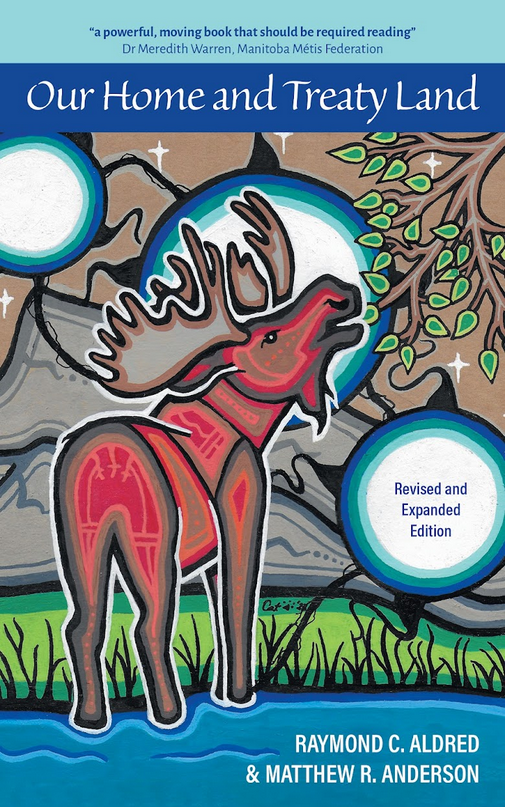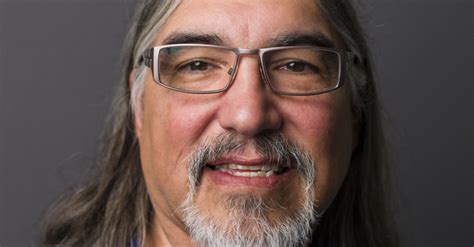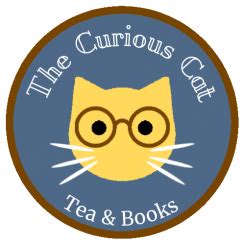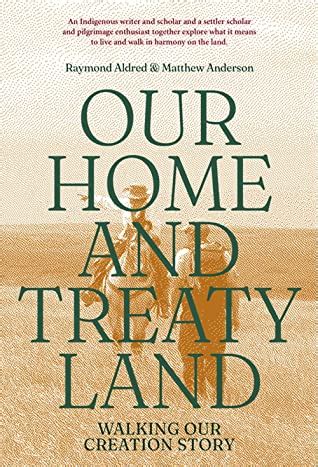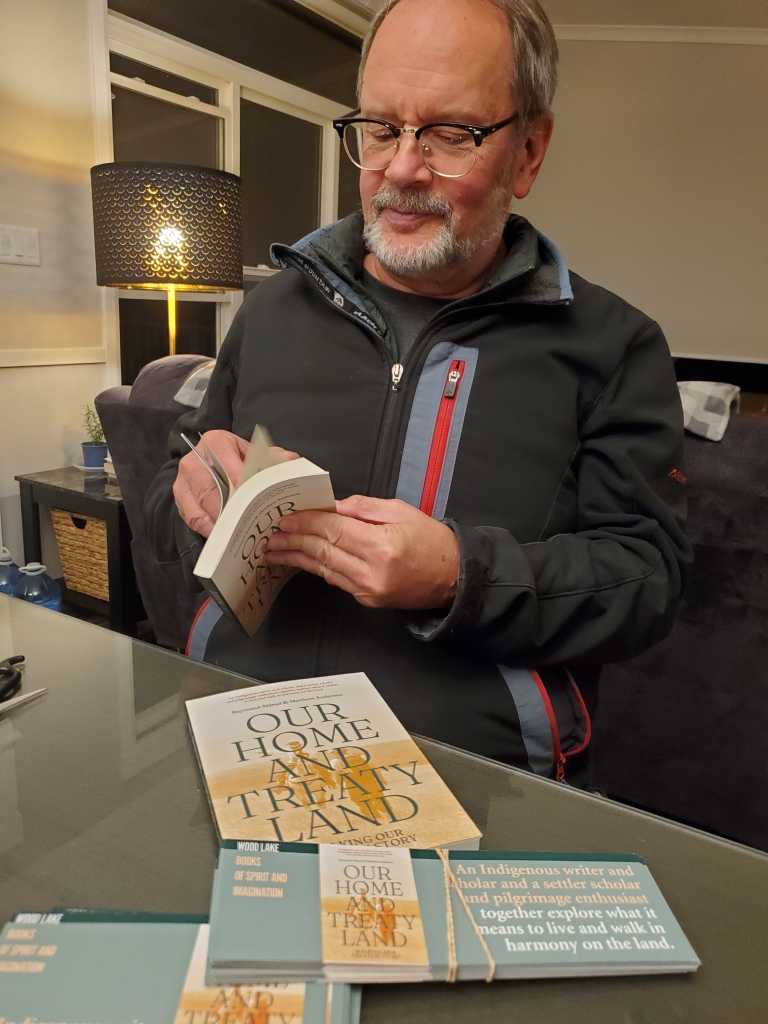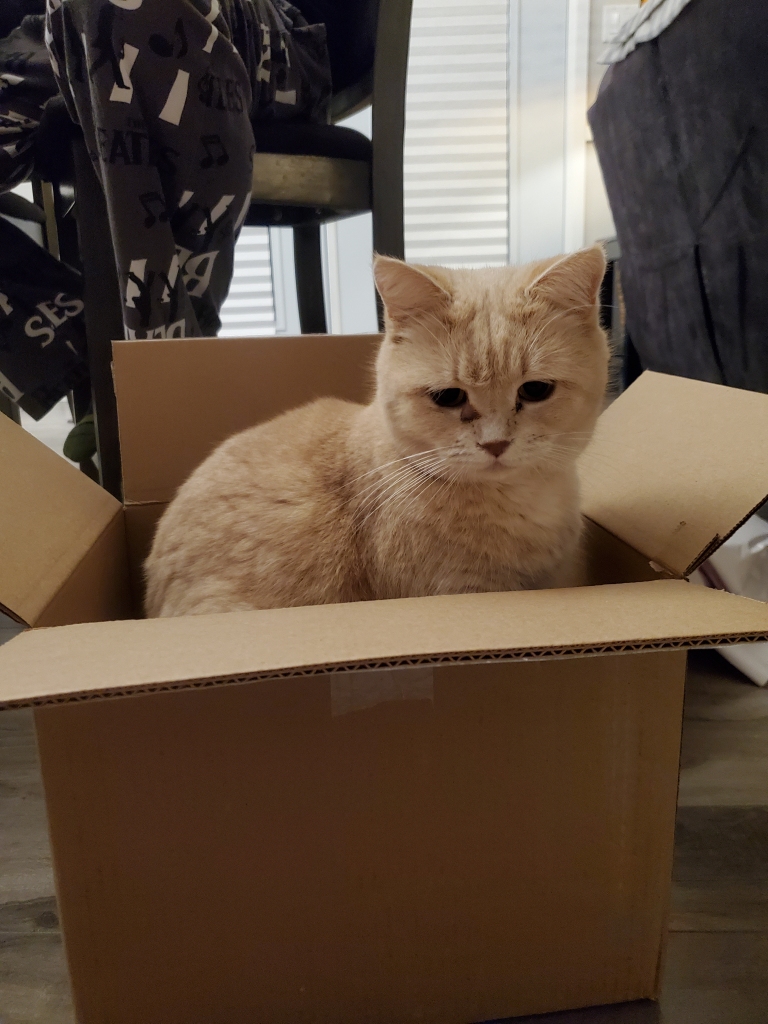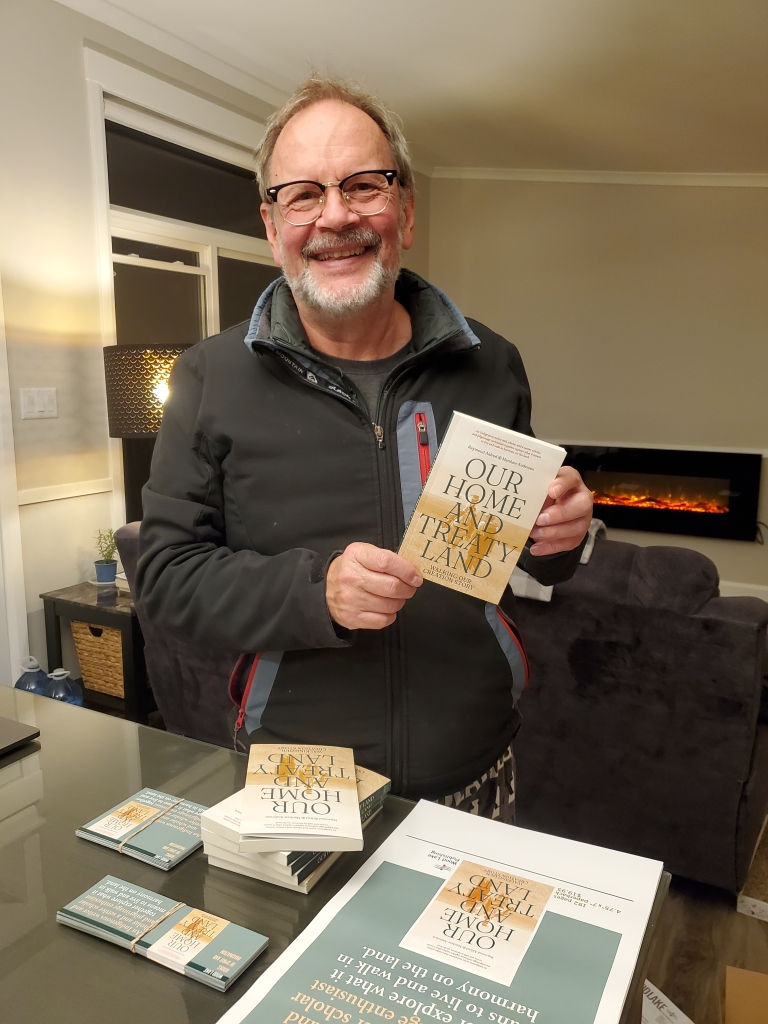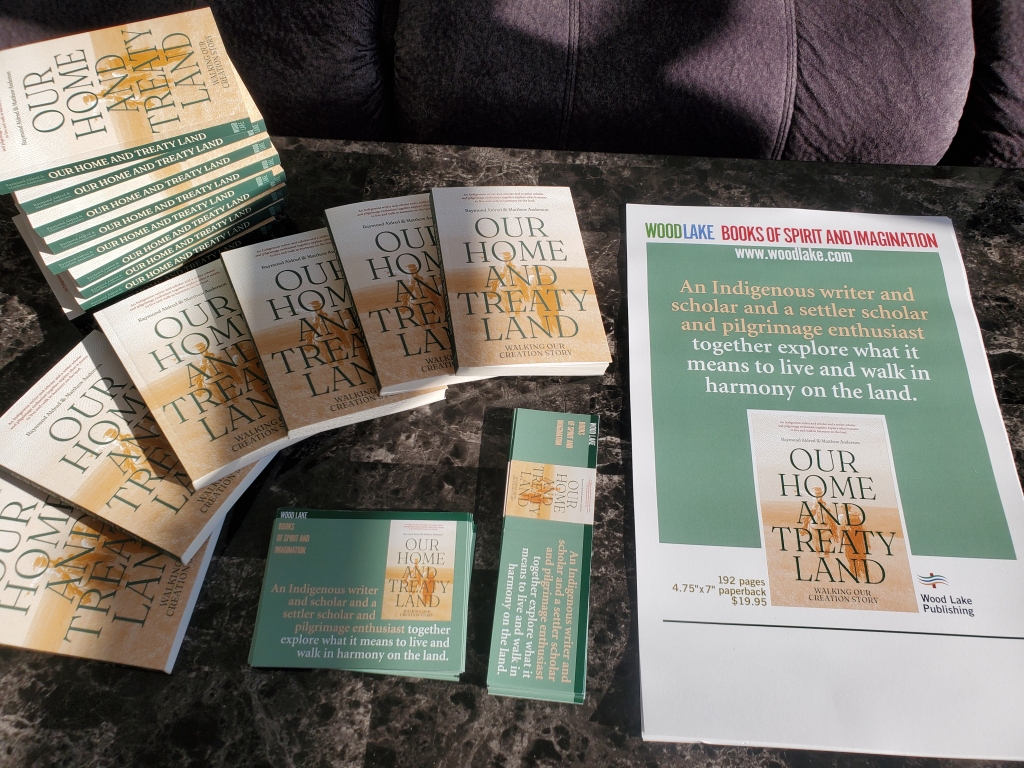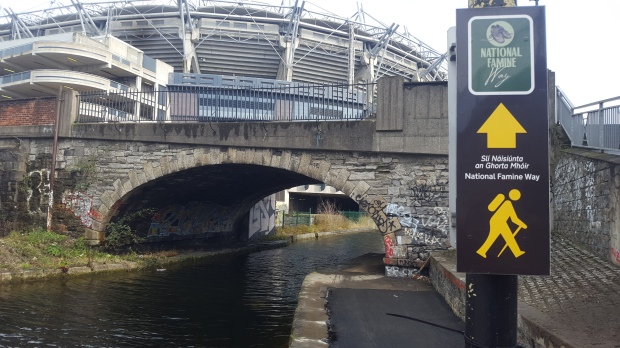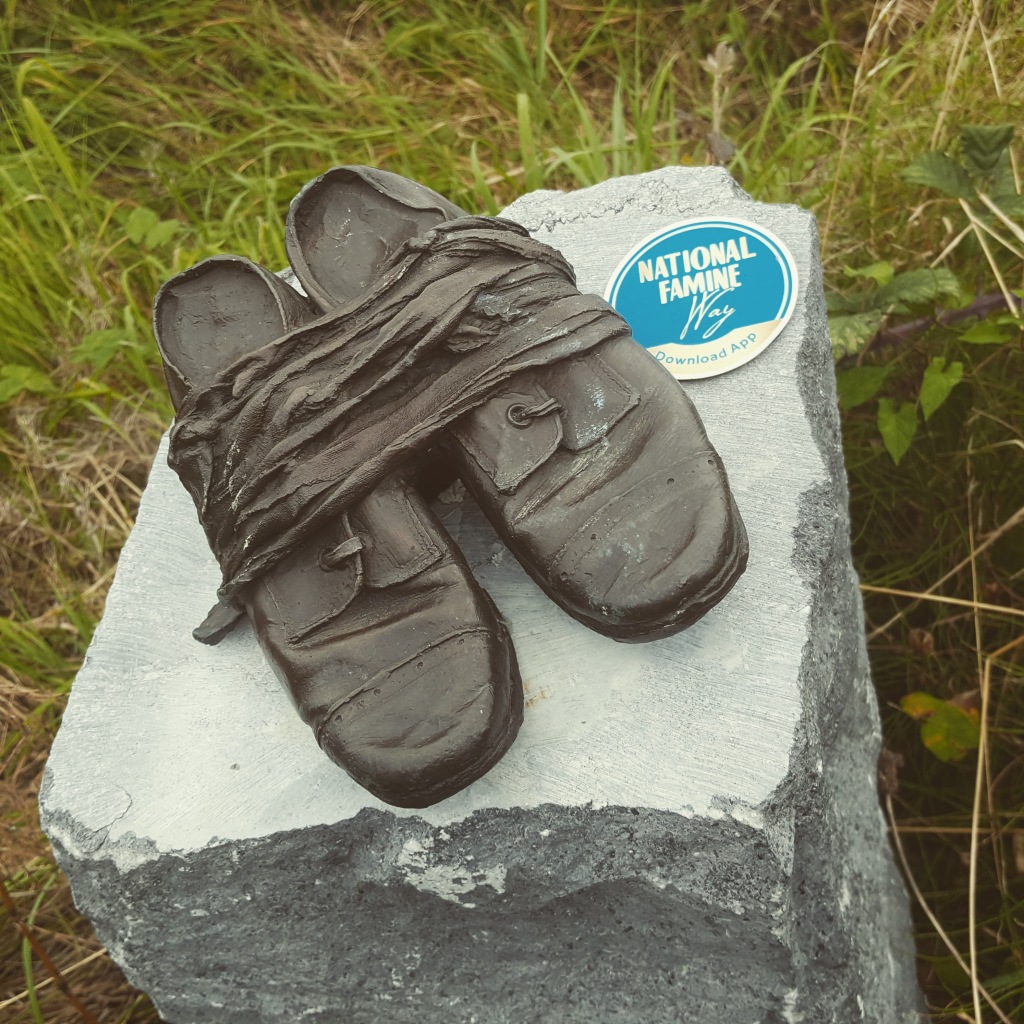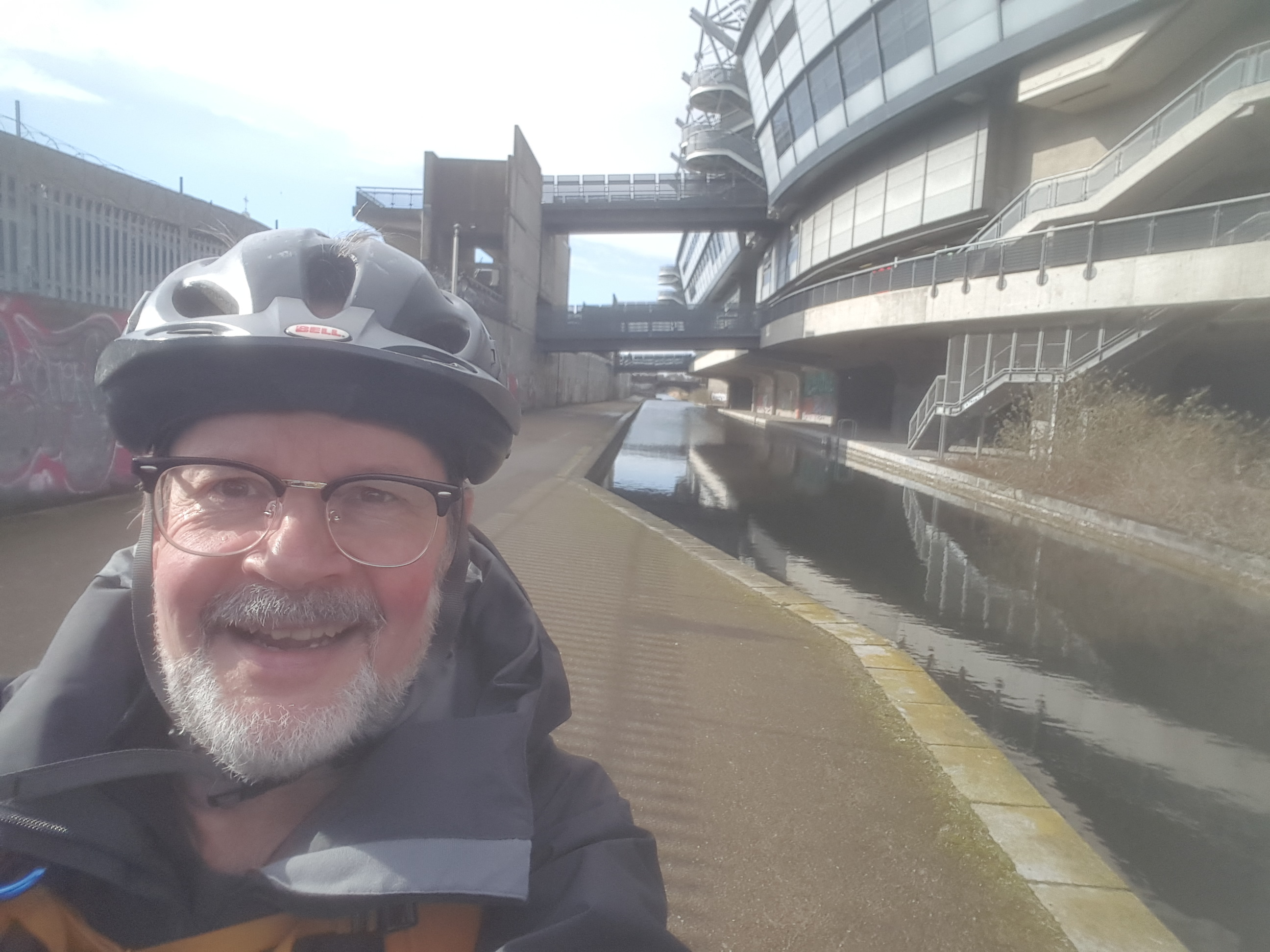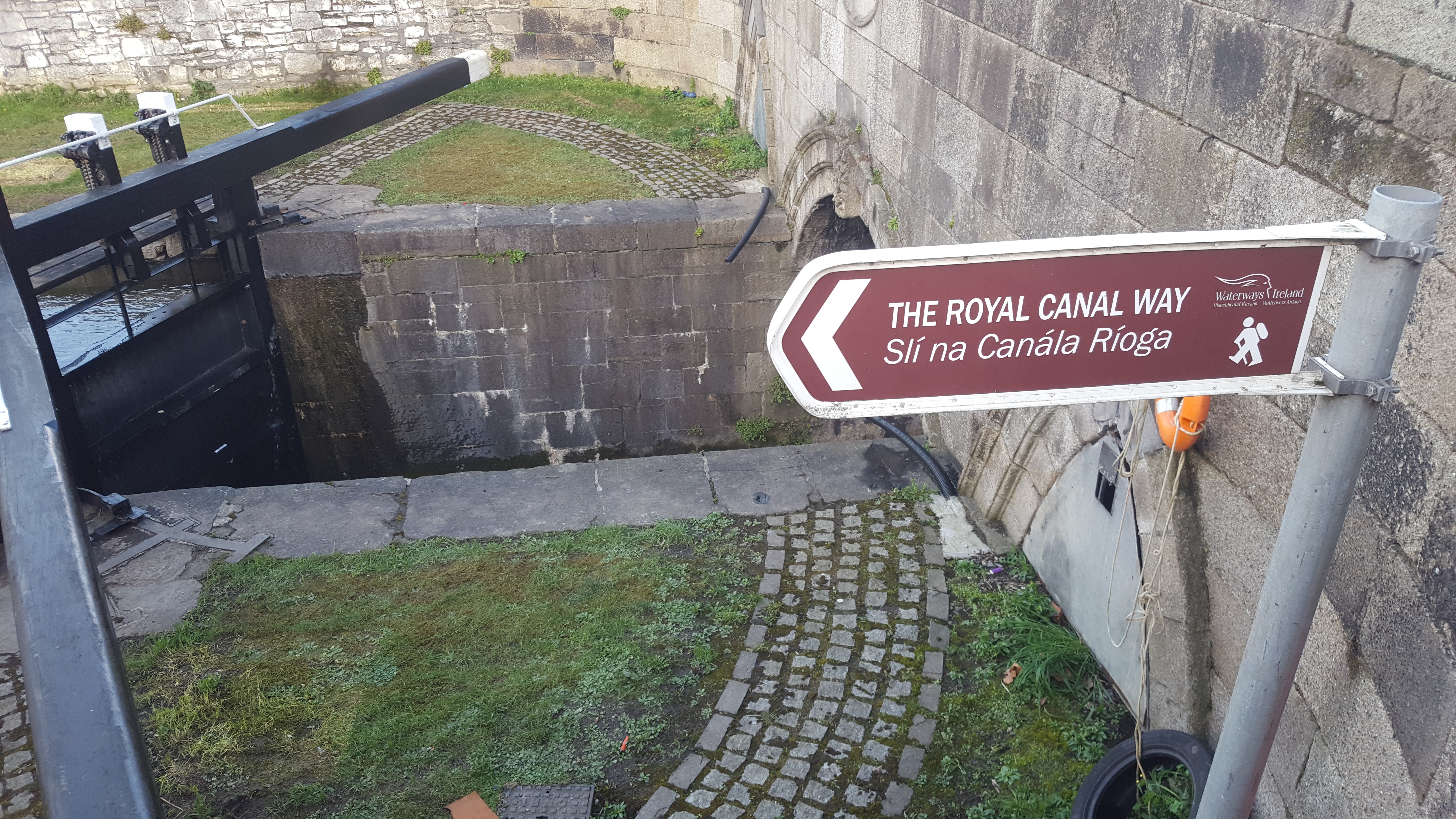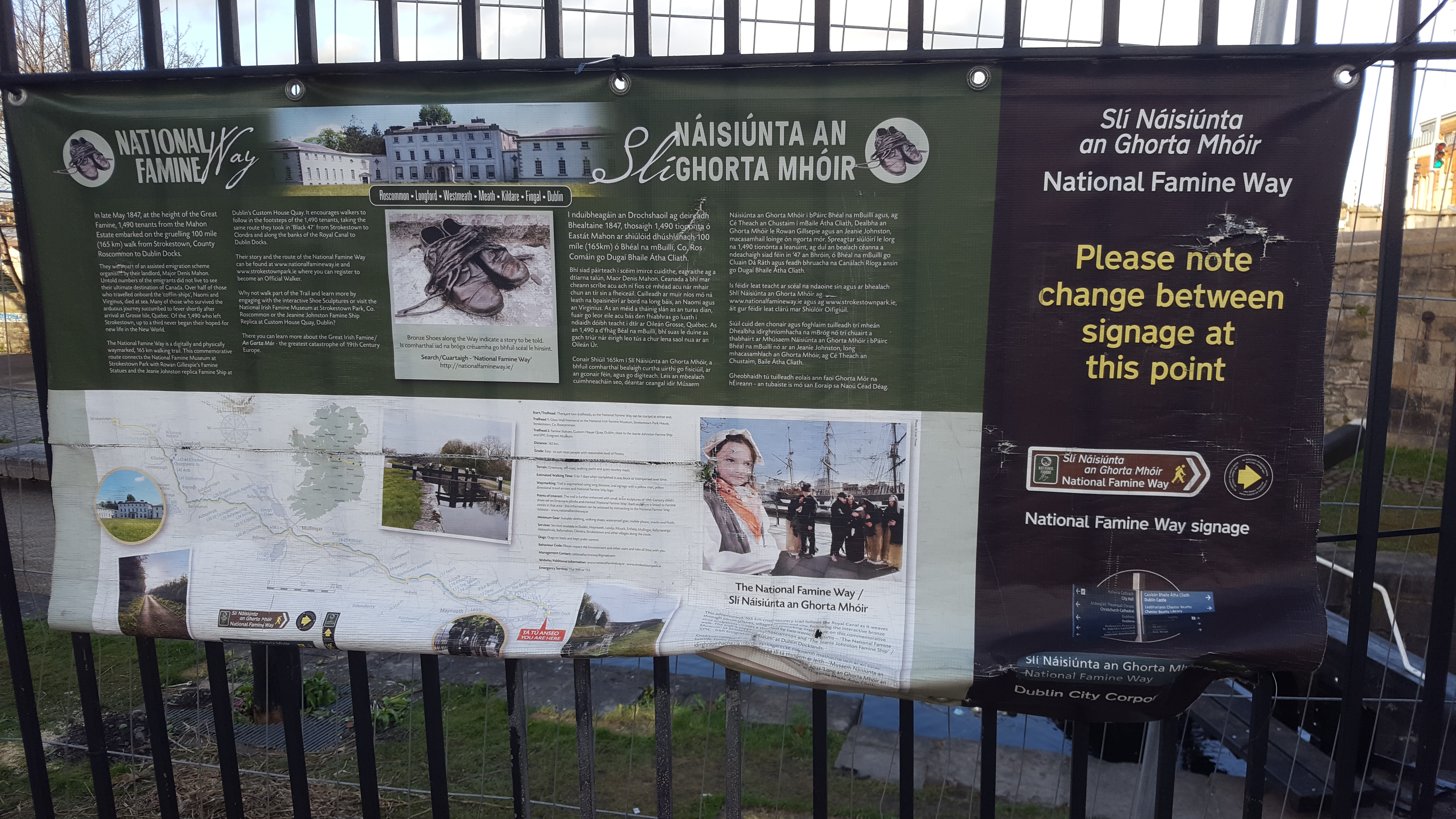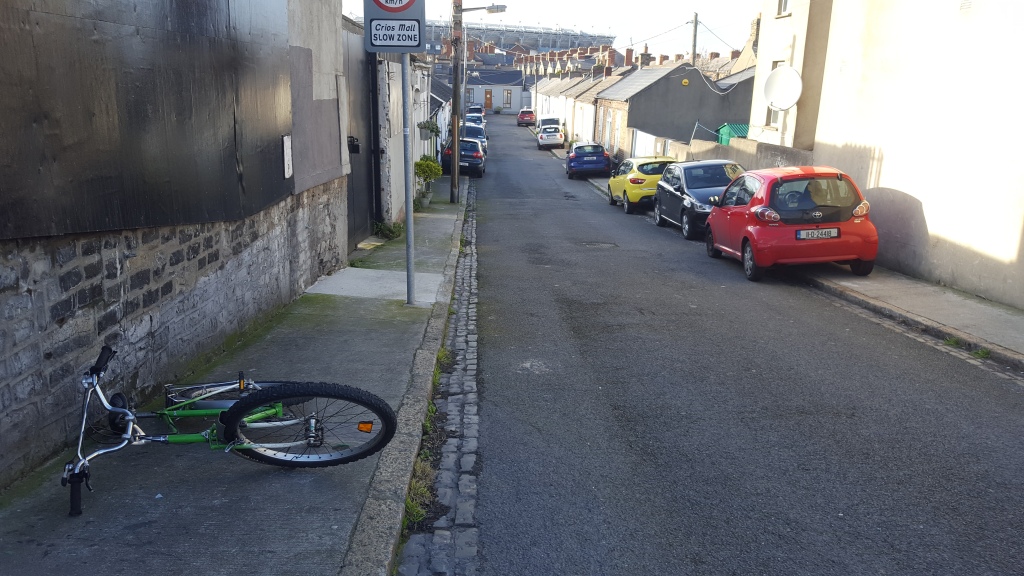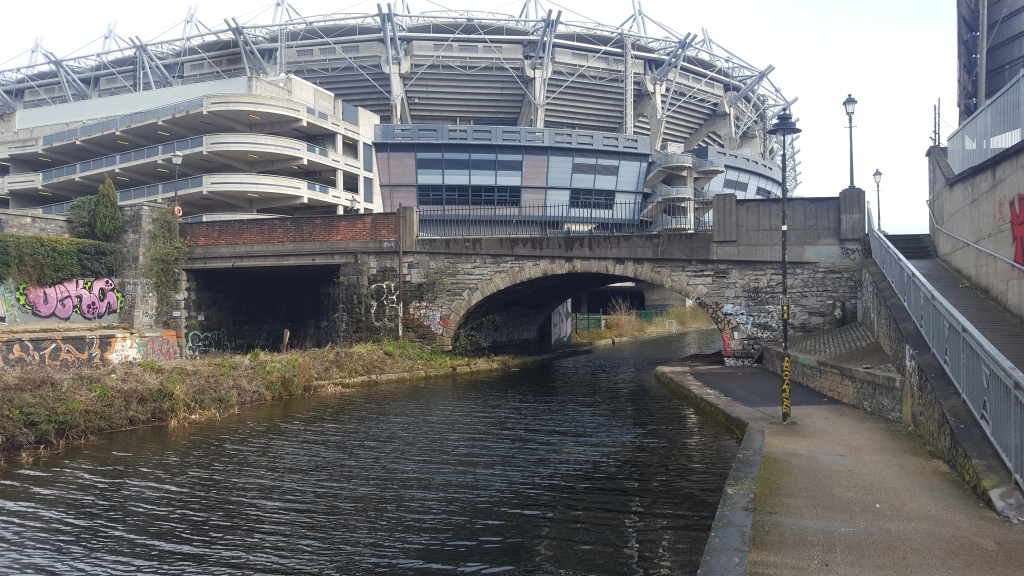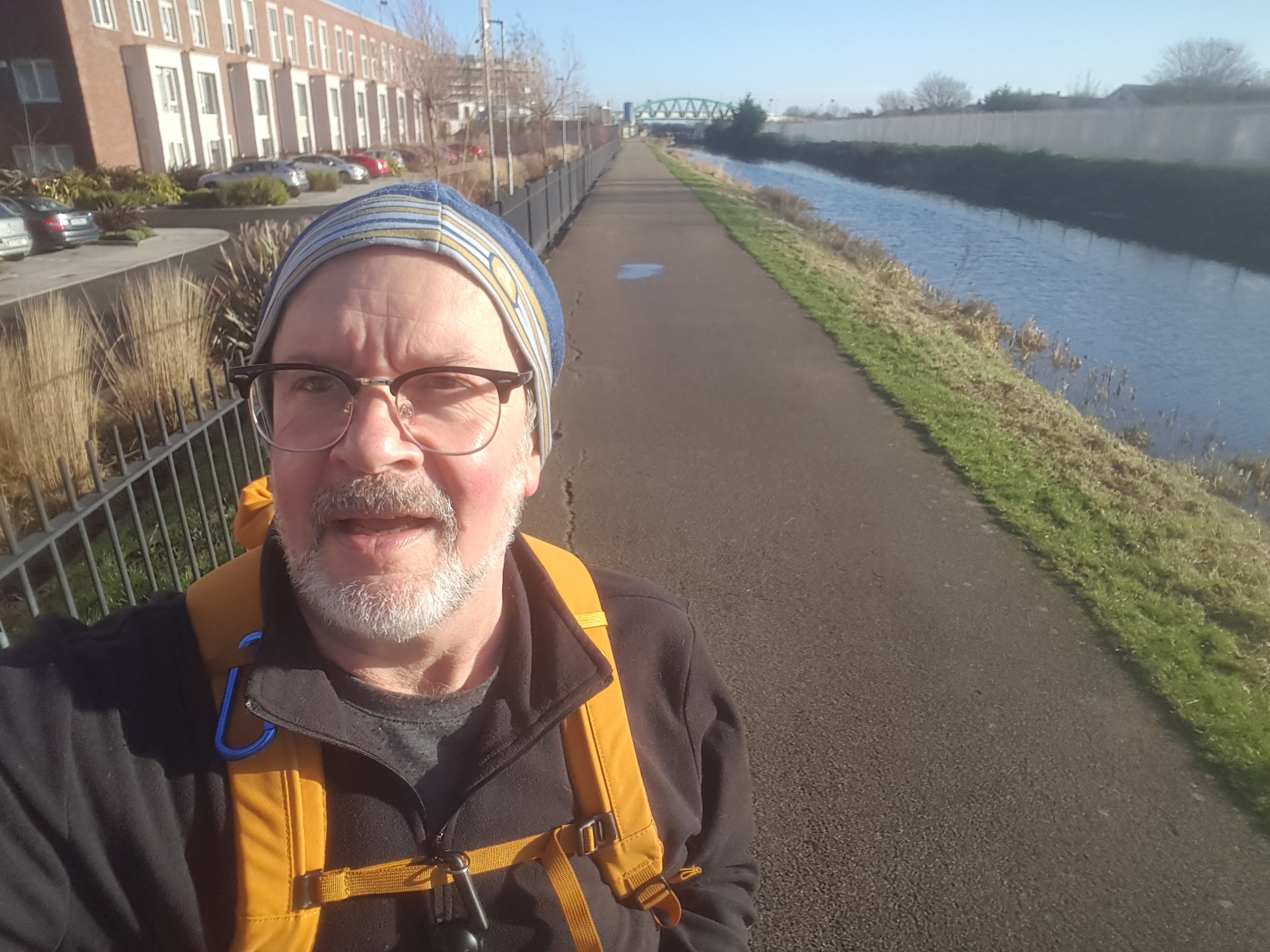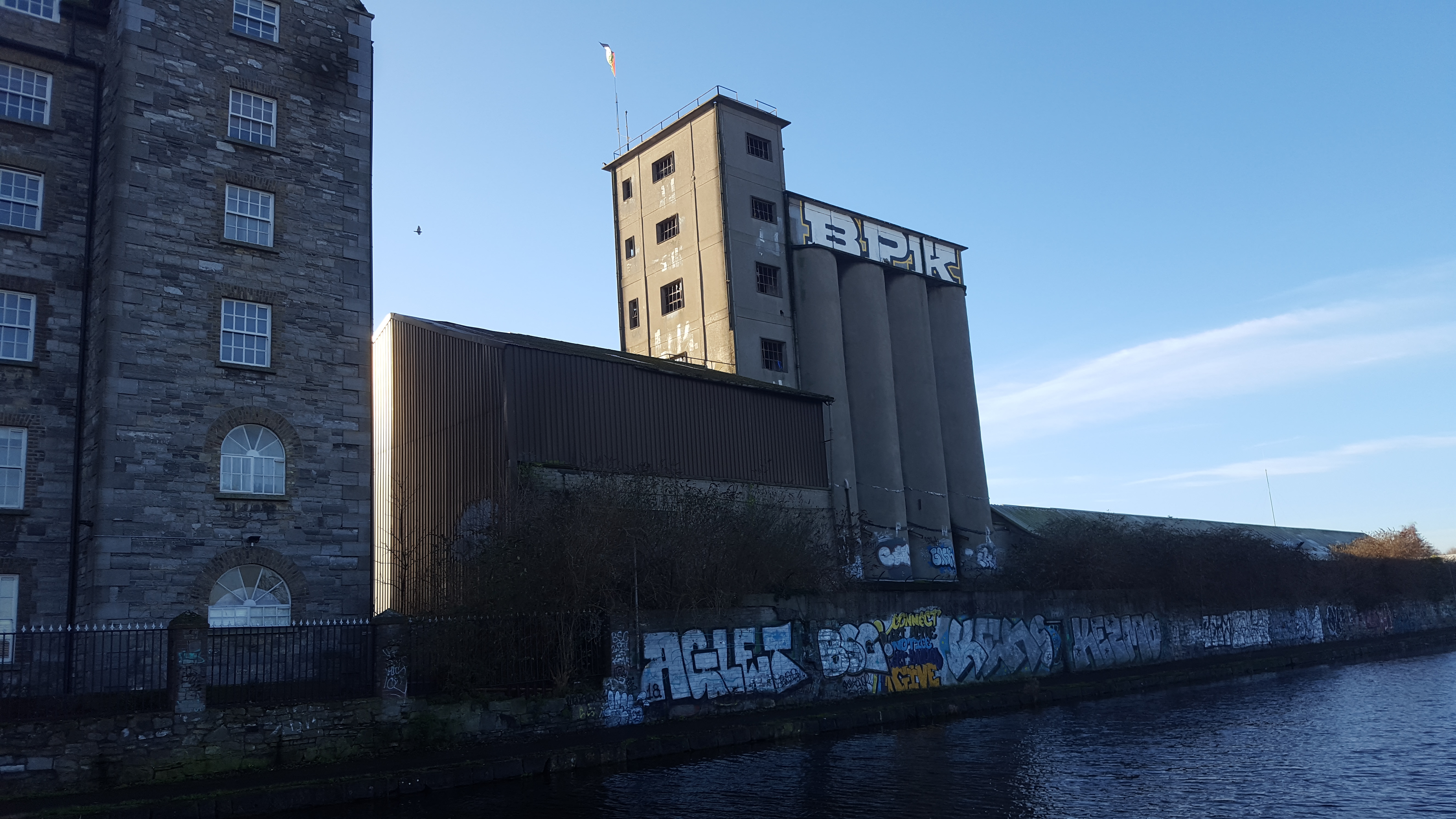Vancouver School of Theology’s Dr Ray Aldred and I penned Our Home and Treaty Land just two years ago. The book clearly met a demand – we quickly lost track of how many book clubs and church groups had adopted it. And we were delighted when the United Church of Canada placed the book on their recommended reading list.
But our timing was off! Unfortunately our publisher, Wood Lake books, ceased printing physical copies of all books within the year. Ray and I cast around for a new publisher. After some expert advice from kind professionals in the industry, we decided to self-publish. And now…..here we are.
Our Home and Treaty Land: Revised and Expanded is bigger, and better. It features an additional new chapter by Ray. We took time to fix up copy-editing mistakes we found in the first edition. And the icing on the cake is our new cover, created by Ray’s daughter, Cat Aldred! (Cat is an accomplished artist whose stunning creative work can be seen and purchased at https://posiscreativeart.square.site/ ).
To learn more about the book, see Friesen’s website at https://books.friesenpress.com/store/title/119734000392818407/Raymond-C.-Aldred-and-Matthew-R.-Anderson-Our-Home-and-Treaty-Land . The book will be available there, and on Indigo, Amazon, and all the usual venues. Look for an announcement within a couple of weeks. And in the meantime, enjoy that cover. We sure do!
